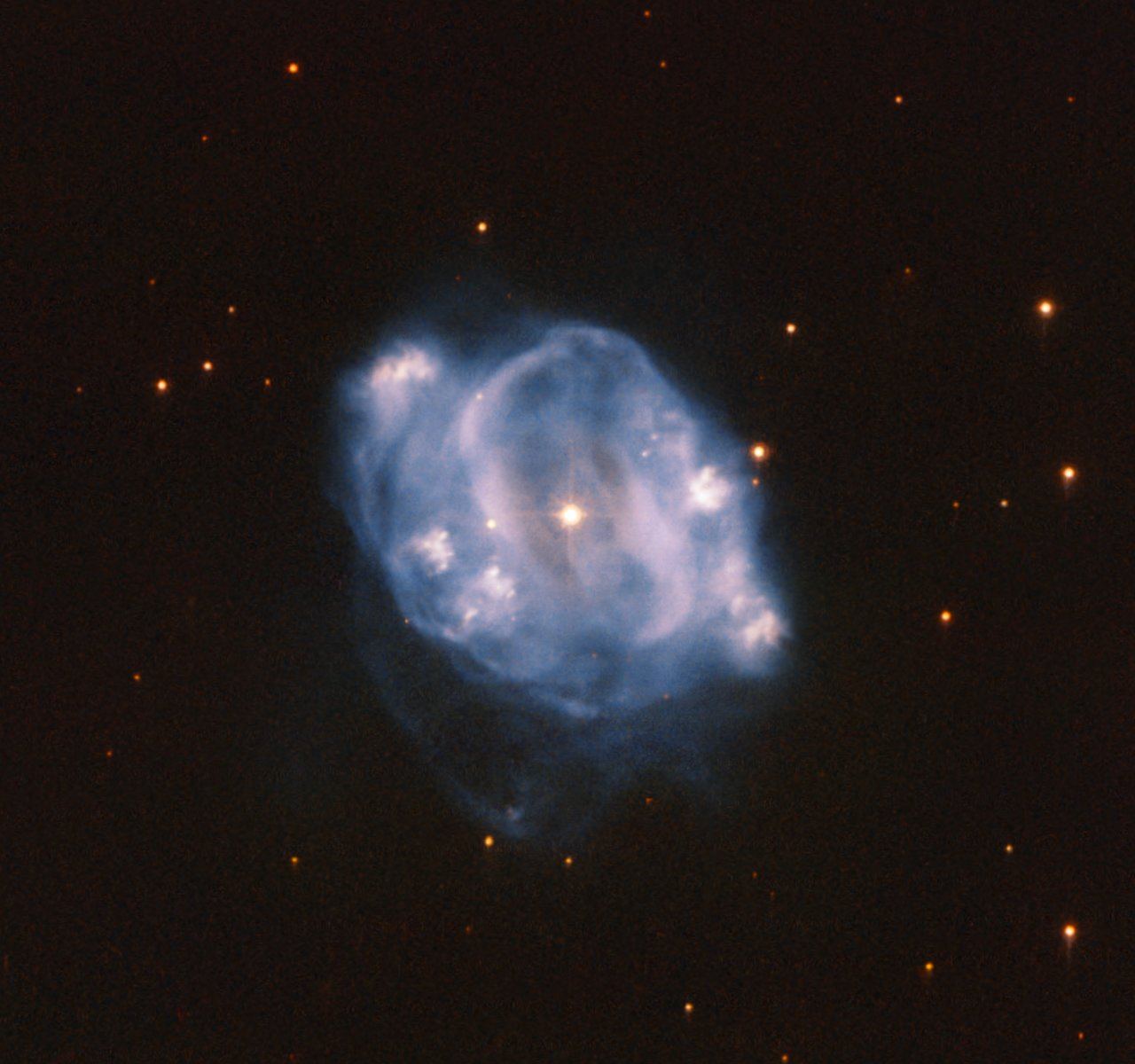Perhaps the greatest tool astronomers have is the ability to look backward in time. Since starlight takes time to reach us, astronomers can observe the history of the cosmos by capturing the light of distant galaxies. This is why observatories such as the James Webb Space Telescope (JWST) are so useful. With it, we can study in detail how galaxies formed and evolved. We are now at the point where our observations allow us to confirm long-standing galactic models, as a recent study shows.
Continue reading “Webb Confirms a Longstanding Galaxy Model”Webb Confirms a Longstanding Galaxy Model



